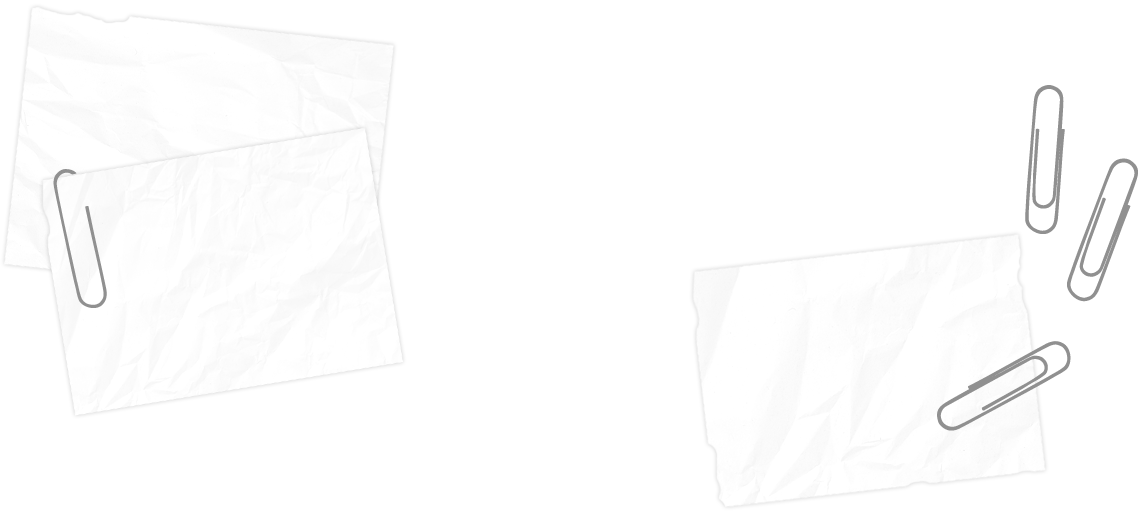

ALLISTAIR COTA
DESIGN PORTFOLIO

To learn more about my design projects and experience >>
Projects
September 2016 - April 2017
A year-long Capstone Design course resulting in the design of a powered wheelchair that can climb curbs, is portable and is a low-cost solution. The project involved deriving the main project requirements based on a literature review and discussions with the medical community, concept brainstorming and selection, and a detailed design phase involving engineering analysis, CAD modelling and final bill of material (BOM) preparation. A scaled-down proof of concept prototype was built and presented at the annual Capstone Showcase event.
January 2017 - April 2017
The Mechatronics Systems: Design & Integration course consists of three contests where teams program the open-source TurtleBot robotic kit to perform tasks such as mapping an unknown environment, identifying objects of interest, and interaction with humans.

April 2015
A Mechanical Engineering Design project involving the design of an entry-level industrial grade CNC milling machine. This project comprised of a full design process approach, including the outlining of engineering specifications, developing of three candidate designs, selecting the best candidate design and converting it into a detailed design. SolidWorks was used to model the entire assembly and produce engineering drawings of the parts and sub-assemblies.
March 2015
The objective of this Mechanics of Solids II assignment for was to design, cut and test a tensile two-part link with the highest strength to weight ratio. Each link was to comprise of one plate PMMA acrylic and another of aluminum joined together using any method. The link was designed based on certain geometric constraints and subjected to a Finite Element Analysis (FEA) simulation using ANSYS Workbench to predict its stress distribution and failure load. Once the design was finalized, the link was modelled in SolidWorks then given to a machinist to cut the parts using a waterjet machine.
March 2015
This Mechanical Engineering Design dissection involved the design of an industrial quality reduction gearbox that could tolerate high speed input, high torque output, and transverse and axial forces at both input and output. The gearbox had to achieve a 30:1 gear ratio and meet other geometric constraints. The design that was implemented was that of a reverted gear train where both input and output shafts are colinear.
December 2014
This project for the Kinematics and Dynamics of Machines course required implementing a design modification to an existing kinematic mechanism that would improve the performance of the overall mechanism. The design that was modified was a typical casement window crank operator in order to reduce the amount of torque required to turn the crank and initiate opening and closing the window. Force analysis methods along with the Working Model 2D software were used to analyze both the old and new designs and proved that the new design significantly reduced the amount of required torque at the input.
March 2014
A Manufacturing Engineering project that comprised of the study of the making of a Harrington Rod hook via the lost foam casting and electric discharge machining (EDM) processes. Steps and orthorgraphic drawings for each stage in the process were outlined, while a CAD model of the part during the casting stage was made in SolidWorks. This was followed by an evaluation of the best method for mass producing the part.
June 2013
In response to the theme of the 2013 RBC Next Great Innovator Prototyping Event, a mobile application called RBC Donate was developed. The app allows RBC clients to make donatios to their favourite charities straight from their RBC account. With every donation, a Facebook post and a tweet from the user's Twitter account would be made pledging support for that particular organization. This spreads awareness of different charities seeking support via a simple and user-friendly method.
September 2012 - April 2013
A summary of the different computer programming assignments completed in my first year of university. The assignments were coded in Python and C. The Python projects included writing a Python program that modeled molecular biology by using object-oriented programming (OOP). The projects written in C emphasized the use of various data structures in programming, such as arrays, linked lists, binary trees, and graphs.








